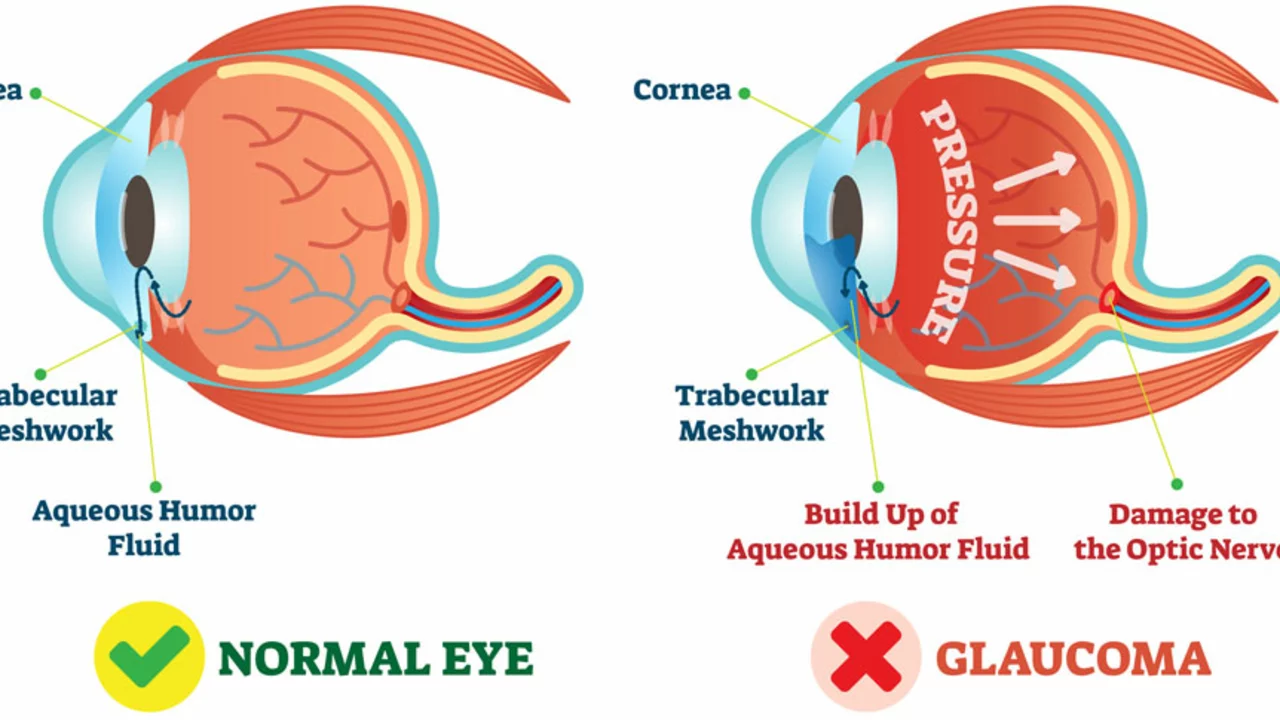Glaucoma Surgery: What You Need to Know
If you’ve been told you have glaucoma, you already know the pressure inside your eye is too high. When medicines aren’t enough, doctors may suggest surgery to protect vision. Below we break down the basics so you can feel more confident about the decision.
Types of Glaucoma Surgery
The most common procedures are trabeculectomy and tube shunt implantation. Trabeculectomy creates a small opening under the eyelid where fluid can drain, lowering pressure. A tube shunt does something similar but uses a tiny silicone tube to guide fluid out of the eye.
Newer options include minimally invasive glaucoma surgery (MIGS). These use tiny devices or lasers and usually have faster healing times. Examples are the iStent, Hydrus micro‑stent, and Kahook Dual Blade. MIGS are often recommended for people with milder pressure problems because they’re less aggressive.
Laser procedures, like selective laser trabeculoplasty (SLT), aren’t technically incisions but can also reduce pressure by improving fluid outflow. They’re quick, done in the office, and have minimal downtime.
Recovery and Aftercare
After any eye surgery you’ll wear an eye patch for a few hours and use prescribed drops to prevent infection and control inflammation. Expect blurry vision for several days; it’s normal as the eye heals.
Keep your head elevated while sleeping for the first week—this helps fluid drain correctly. Avoid heavy lifting, bending over, or strenuous exercise for at least two weeks unless your doctor says otherwise.
Follow‑up visits are crucial. Your surgeon will check pressure levels and make sure the new drainage route stays open. If you notice sudden pain, loss of vision, or a red eye that worsens quickly, call the clinic right away—these could be signs of complications.
Most people see a steady drop in intraocular pressure within a month, but it can take longer for the full effect. Your doctor may still keep you on drops after surgery; sometimes medication plus surgery gives the best control.
In everyday life, protect your eyes from dust and strong wind with sunglasses, and keep up with regular eye exams. Early detection of pressure spikes lets you catch problems before they affect sight again.
Glaucoma surgery isn’t a one‑size‑fits‑all solution, but understanding the options, risks, and recovery steps helps you make an informed choice. Talk openly with your ophthalmologist about which procedure matches your eye health, lifestyle, and comfort level. With proper care, surgery can be a key step toward preserving your vision for years to come.






